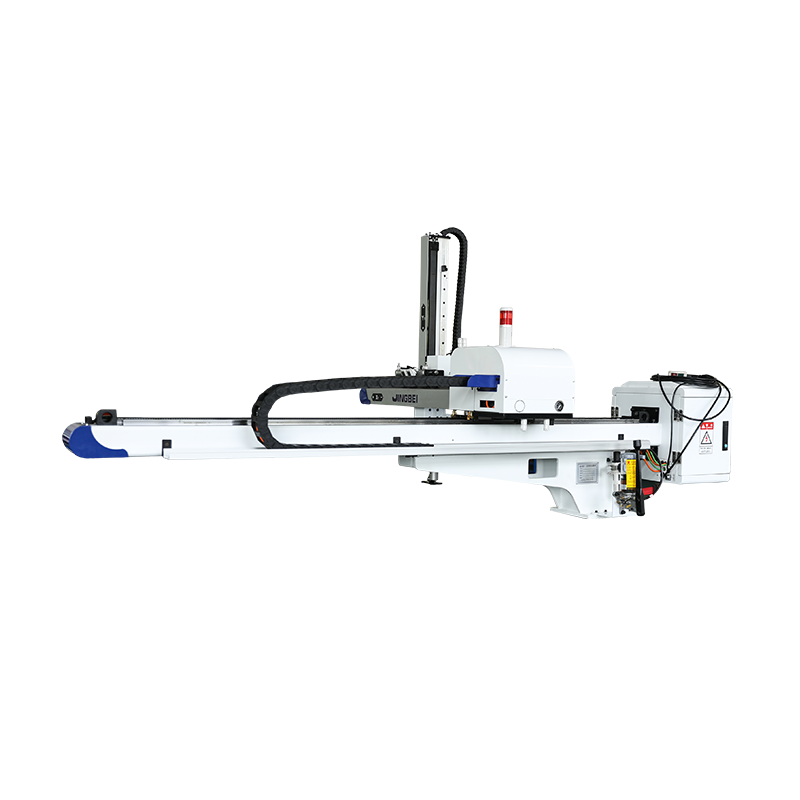

The six-axis robot is one of the important parts of the modern robot industry, and has become an indispensable part of the modern robot industry. It is comparable to other robots in terms of technology, quality and structure. In traditional factories, handling and welding are basically done by hand, and manual operations have problems such as high labor intensity, long time, cumbersome, poor working environment, and easy pollution. Secondly, the process consistency of manual operation is difficult to achieve, and quality control is not easy, which increases the cost of enterprises; in addition, there is a shortage of labor, and a large number of factories cannot recruit corresponding personnel to complete the work.

Therefore, in the field of modern manufacturing, robots urgently need to carry out accurate and fast handling, installation, welding, spraying, etc.
The emergence of robots saves a lot of manpower for enterprises, ensures the consistency of product quality, and greatly saves costs. The six-axis robot is a six-axis joint robot with high flexibility, which can move freely in three-dimensional space, and can accurately and quickly perform repetitive tasks such as handling, welding, and spraying.
At present, small six-axis robots are widely used because of their small size and flexibility, but the existing six-axis robots still have the following shortcomings:
1. Due to its complex structure, large appearance and not compact structure, it cannot be used in many occasions.
2. The structural design is unreasonable, which brings inconvenience to the assembly, installation and disassembly of components.
3. The action accuracy is not high enough, and the reliability of the structure is not enough.
It can be seen that a new type of six-axis robot is needed to solve the above shortcomings.